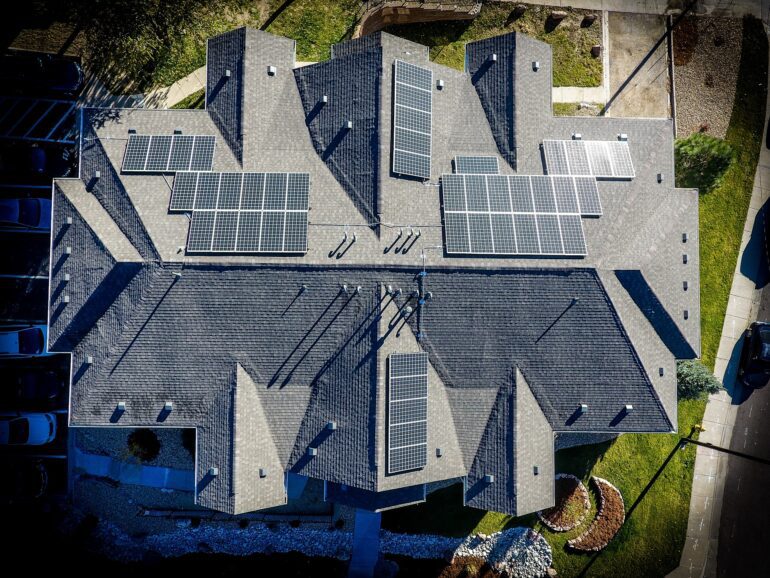TL;DR:
- An international research team used the XGBoost algorithm to predict PV adoption among homeowners.
- XGBoost combines estimates from simpler models to achieve accurate predictions.
- The algorithm outperformed logistic regression in predictive performance.
- It considers factors like summer bills, household income, and homeowner’s age.
- XGBoost can reduce customer acquisition costs for PV companies.
- It helps identify new market opportunities for PV companies.
- Data mining and machine learning techniques can reduce soft costs for PV companies.
- The novel methodology can lower customer acquisition costs by 15% or $0.07/Watt.
Main AI News:
An international research team has leveraged the power of XGBoost (eXtreme Gradient Boosting), a machine learning algorithm, to make accurate predictions regarding the adoption of photovoltaic (PV) systems by homeowners. This cutting-edge algorithm encompasses a distributed gradient-boosted decision tree (GBDT) machine learning library, which combines estimates from multiple simpler models to achieve precise results.
The team delved deeper into the intricacies of XGBoost, dissecting its improved predictive performance in comparison to logistic regression. They identified two key factors contributing to this enhancement: variable interaction and nonlinearity. By utilizing XGBoost, they demonstrated its potential in reducing customer acquisition costs and identifying untapped market opportunities for PV companies.
According to the researchers, this innovative methodology has the potential to lower customer acquisition costs and alleviate other soft expenses associated with residential PV businesses. In their analysis, they compared the performance of their proposed algorithm with the commonly used logistic regression approach, which examines disparities between PV adopters and non-adopters. Their logistic regression model, incorporating nine original and prominent household features, successfully predicted 71% of out-of-sample PV adoption statuses. Remarkably, this model accurately identified 66% of adopters and 75% of non-adopters.
In contrast, the adapted algorithm showcased superior predictive performance when compared to logistic regression. The researchers reported that it correctly predicted both PV adoption statuses with an 87% accuracy rate, surpassing the 71% achieved by logistic regression. Furthermore, the rate of correctly identified adopters increased from 66% to 87%, while the rate of correctly identified non-adopters rose from 75% to 88%.
The research group attributed the outstanding performance of the machine learning-based approach to its incorporation of complex nonlinearity and variable interaction. Factors such as summer bills, household income, and homeowner’s age were taken into account, enabling a more comprehensive analysis. An additional advantage lies in the accessibility of these variables, as PV companies can gather data on them at a minimal cost. The inclusion of geographical information, such as the state or county of the respondent, further enhanced the predictive accuracy of logistic regression.
The researchers estimated that this novel methodology could potentially reduce customer acquisition costs for PV companies by approximately 15% or $0.07/Watt. They emphasized that data mining and machine learning techniques have the potential to mitigate various soft costs, including contract cancellations, supply chain management, labor assignment, and permitting and inspection issues. By embracing these advanced approaches, PV companies can streamline their operations, optimize their resource allocation, and maximize their overall efficiency in the rapidly evolving solar energy market.
Conlcusion:
The utilization of the XGBoost algorithm in predicting PV adoption among homeowners signifies a significant advancement in the market. By outperforming traditional logistic regression approaches, this innovative methodology offers improved accuracy and predictive performance. The incorporation of complex nonlinearity and variable interaction, along with the consideration of factors such as summer bills, household income, and homeowner’s age, enables a more comprehensive analysis of market dynamics.
This breakthrough empowers PV companies to reduce customer acquisition costs, identify untapped market opportunities, and optimize their operations, ultimately positioning them for success in the evolving solar energy market. The integration of data mining and machine learning techniques further contributes to cost reduction and operational efficiency, solidifying the market’s growth potential and establishing a foundation for sustained industry advancement.

